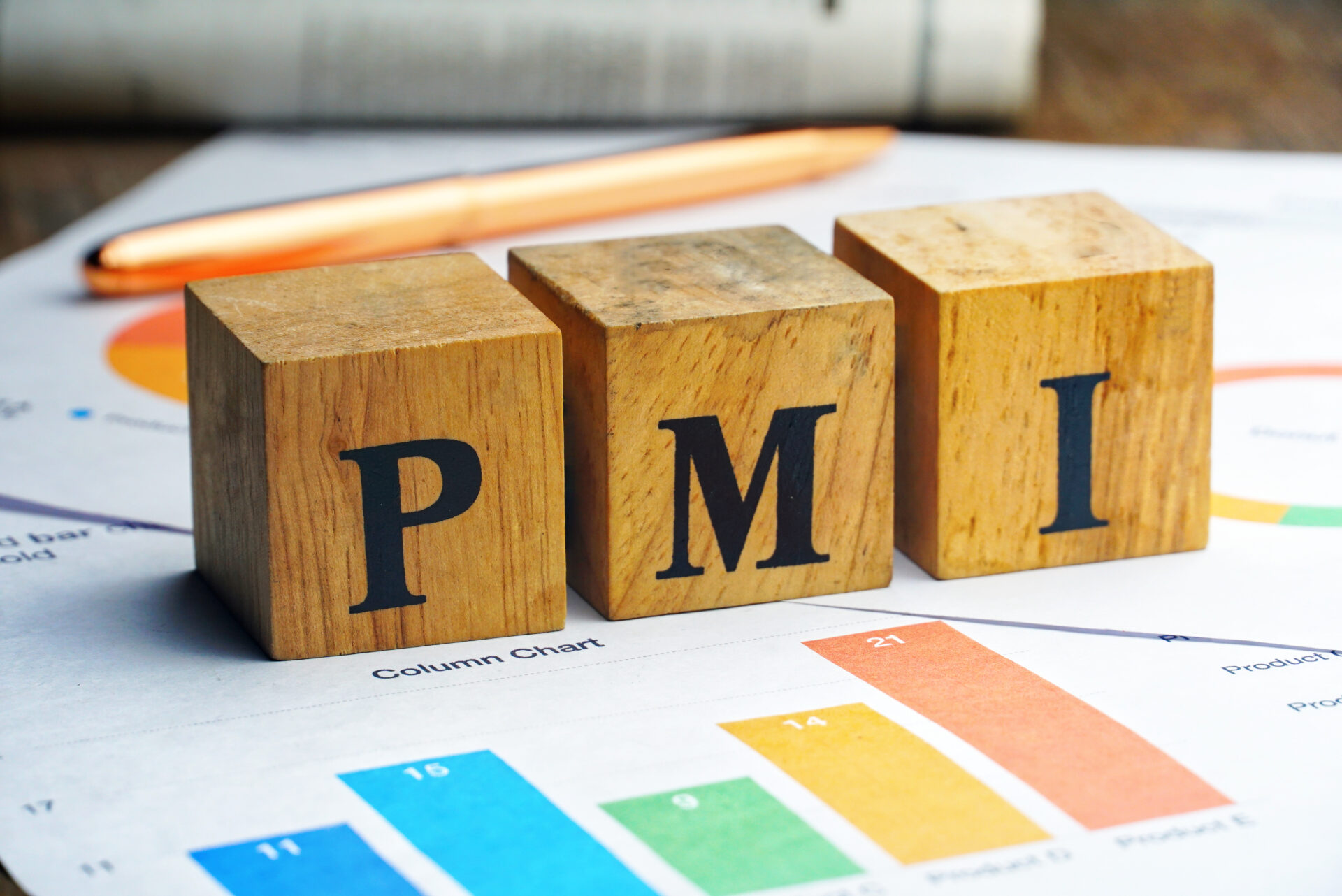According to a CRISIL Ratings report, India’s cement manufacturers are anticipated to invest around Rs 1,25,000 crore in capital expenditure (capex) during the fiscal years 2025–2027. It also stated that the pursuit of market share and a positive prognosis for demand will be the driving forces behind this.
The projected expenditure will be 1.8 times higher than the capital expenditures over the previous three fiscal years, but manufacturers’ credit risk profiles will not change, according to CRISIL. It further noted that manufacturers’ capital expenditure intensity has remained low and their balance sheets are strong, with financial leverage remaining below 1x due to strong profitability.
To arrive at these conclusions, CRISIL Ratings examined 20 cement manufacturers, or more than 80% of the sector’s installed cement grinding capacity as of March 31, 2024. The previous three fiscal years have seen a solid 10% annualized increase in cement demand, which has outpaced growth in capacity addition. This has caused the utilization level to reach a decadal high of roughly 70% in fiscal 2024, forcing manufacturers to increase their capital expenditures.
However, given the cement industry’s capex intensity is currently low and is expected to stay range-bound at 0.7–0.9 for the fiscal year 2025–2027, the credit profiles of cement makers with CRISIL Ratings of 0.7–0.9 will remain steady.
Cement producers are reportedly looking to invest over Rs 1.5 trillion in the next round of capacity additions as they bet on robust demand, driven primarily by the rapid infrastructure build-up and heightened construction activity, according to an earlier June interview with experts and industry leaders. India’s cement capacity was around 630 million metric tons (MT) at the end of FY24. In the following five to six years, that is anticipated to increase by a third (to 210–220 MT).
In addition, a different ICRA research from July indicated that strong demand from the housing and infrastructure sectors would likely cause cement volumes to increase by 7-8% in FY2025.

